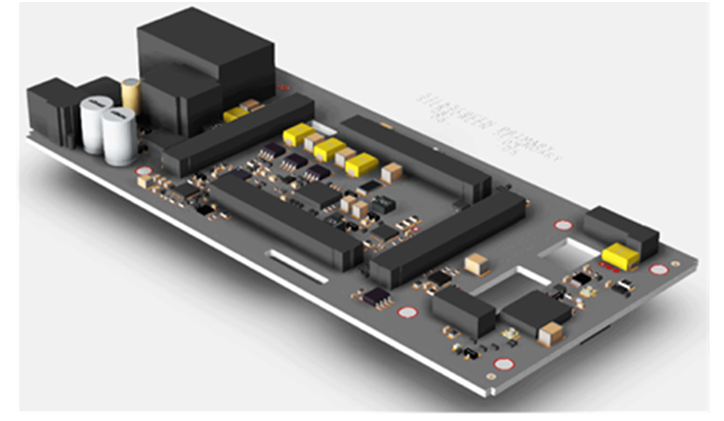
Charles R. Goulding and Adam Friedman consider potential 3D printing implications from the Analog Devices / Maxim Integrated merger.
The recent merger between Analog Devices and Maxim Integrated is the largest merger and acquisition transaction (M&A) to date in 2020 financial markets. Analog Devices is paying $20.9 billion to acquire Maxim holdings, with an exchange of .63 share of Analog stock for 1 share of Maxim Integrated stock. The transaction will strengthen Analog Devices to become the 2nd largest analog semiconductor firm in America behind Texas Instruments. While the analog semiconductor industry in the United States is undergoing substantial change, this change will allow for securing American’s future in the total semiconductor industry.
The semiconductor realm faces large-scale competition and a greater demand for ever-increasing technology and processing. America needs increased modeling and simulation of electronic semiconductor materials by semiconductor businesses. Analog Devices, by merging with Maxim Integrated, is making their company more efficient in designing electronic chips and integrated circuits (IC). This is so as more consumer electronics and signal processing equipment can align with the increase of software, computing, and electrical activity.

With an increase in resources for Analog Devices’ design of analog semiconductors, there will inevitably be an investment in 3D printing at Analog Devices and associated businesses and design shops.
The merger between Analog Devices and Maxim Integrated is excellent since the merged companies can use their expertise to produce 3D products. Analog Devices does work in the 3D printing space by way of 3D modeling with computer-aided design (CAD) software. Analog Devices partners with Ultra Librarian CAD software to provide printed circuit boards footprints and symbols, which are the dimensional measurements and picture schematics, respectively, of electronic circuit boards. Ultra Librarian allows for 3D modeling for the analog devices and ICs that Analog Devices builds and manufactures. The next step in vertically integrating Analog Devices products is 3D printing models into realized multidimensional electronic devices.
Maxim Integrated already engages in research and manufacturing with 3D printed Printed Circuit Boards (PCB). High-scale PCB design in 3D printing is burgeoning and Maxim has been at the forefront of using this technology for PCBs. More importantly, Maxim Integrated has research and assets for trademarked 3D printing using secure authentication. Maxim’s design work is very much research-based design shared over Internet portals like the combined laboratory and business partnership for electronics at the Raytheon University of Massachusetts Lowell Research Institute (RURI). The Analog Devices and Maxim Integrated’s merger moves 3D printed electronics technology forward.
The Research & Development Tax Credit
Whether it’s used for creating and testing prototypes or for final production, 3D printing is a great indicator that R&D Credit eligible activities are taking place. Companies implementing this technology at any point should consider this benefit.
Enacted in 1981, the now permanent Federal Research and Development (R&D) Tax Credit allows a credit that typically ranges from 4%-7% of eligible spending for new and improved products and processes. Qualified research must meet the following four criteria:
- Must be technological in nature
- Must be a component of the taxpayer’s business
- Must represent R&D in the experimental sense and generally includes all such costs related to the development or improvement of a product or process
- Must eliminate uncertainty through a process of experimentation that considers one or more alternatives
Eligible costs include US employee wages, cost of supplies consumed in the R&D process, cost of pre-production testing, US contract research expenses, and certain costs associated with developing a patent.
On December 18, 2015, President Obama signed the PATH Act, making the R&D Tax Credit permanent. Beginning in 2016, the R&D credit has been used to offset Alternative Minimum Tax for companies with revenue below $50MM, and startup businesses can obtain up to $250,000 per year in cash rebates applied directly toward payroll taxes.
Conclusion
The Analog Devices and Maxim Integrated merger will enable technology improvement in 3D printed electronics. Moreover, the combined company will strengthen the U.S. position in analog semiconductor technology.
